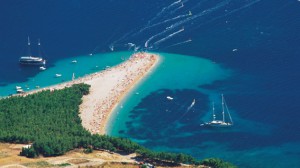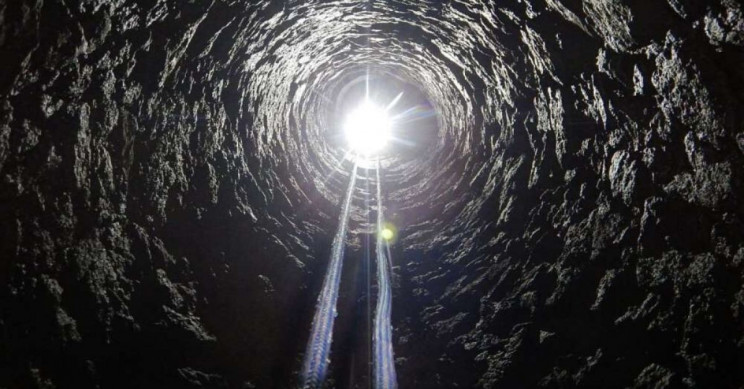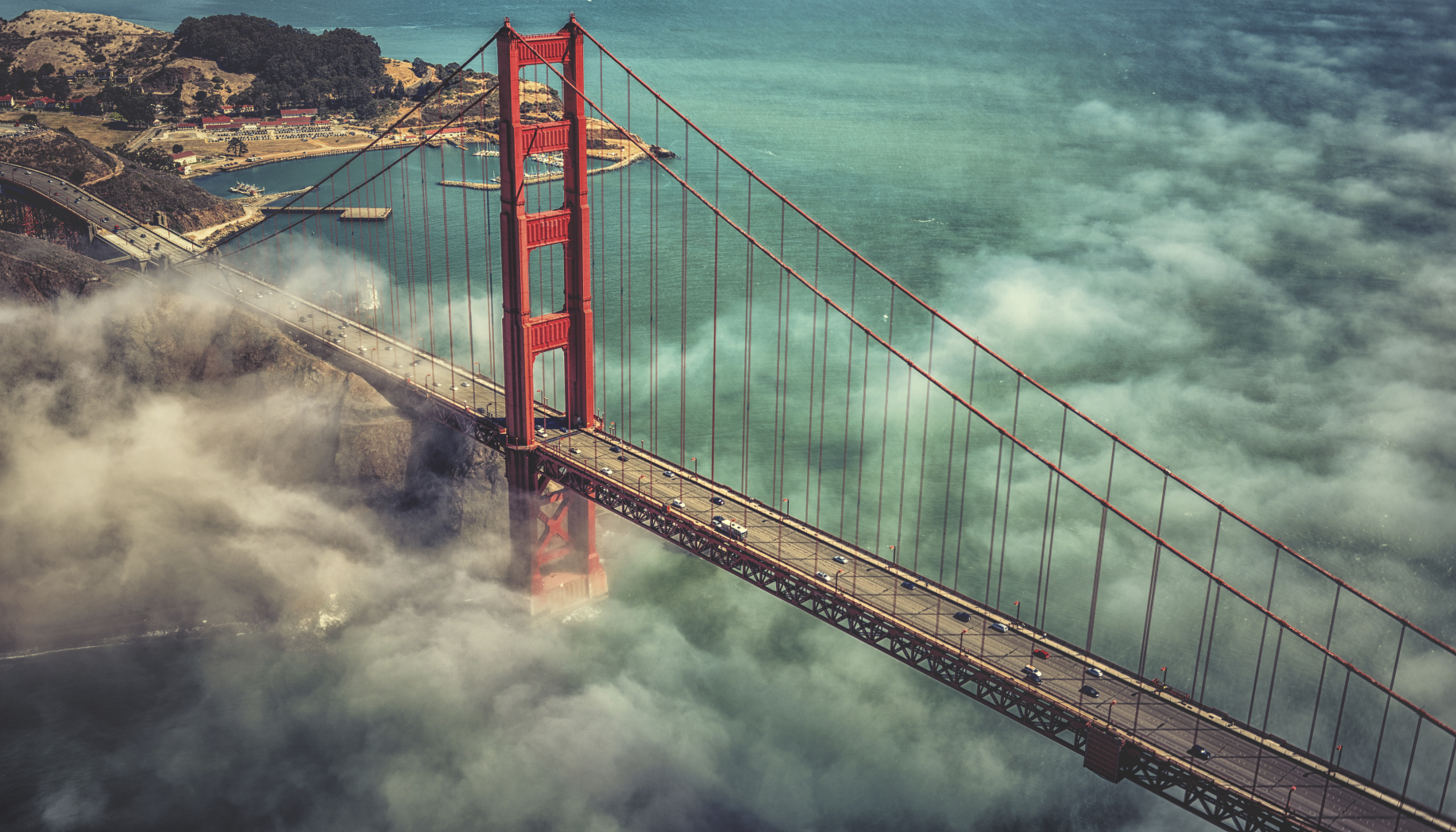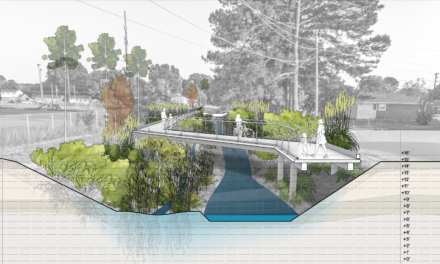
Image © Ivo Pervan, Hrvatska turistička zajednica (Croatian National Tourist Board)
In late May, the European Environment Agency (EEA) released a report on the water quality of Europe’s beaches, rivers, and lakes. According to the report, European waters were generally of high quality in 2013, with 95% of sites meeting minimum requirements and 83% meeting the more stringent ‘excellent’ level. Just 2% were rated as poor. Coastal sites performed slightly better than inland bathing waters, the data shows.
The annual bathing water quality report from EEA tracks the water quality at 22,000 bathing sites across the European Union, Switzerland and, for the first time, Albania. Alongside the report, the EEA has published an interactive map showing how each bathing site performed in 2013.
“We are no longer discharging such high quantities of sewage directly into water bodies,” said EEA Executive Director Hans Bruyninckx. “Today’s challenge comes from short-term pollution loads during heavy rain and flooding. This can overflow sewage systems and wash fecal bacteria from farmland into the rivers and seas.”
While most bathing sites are clean enough to protect human health, many of the ecosystems in Europe’s water bodies are in a state of concern. This is evident in Europe’s seas – a recent assessment found that Europe’s marine ecosystems are threatened by climate change, pollution, overfishing, and acidification. Many of these pressures are set to increase.






